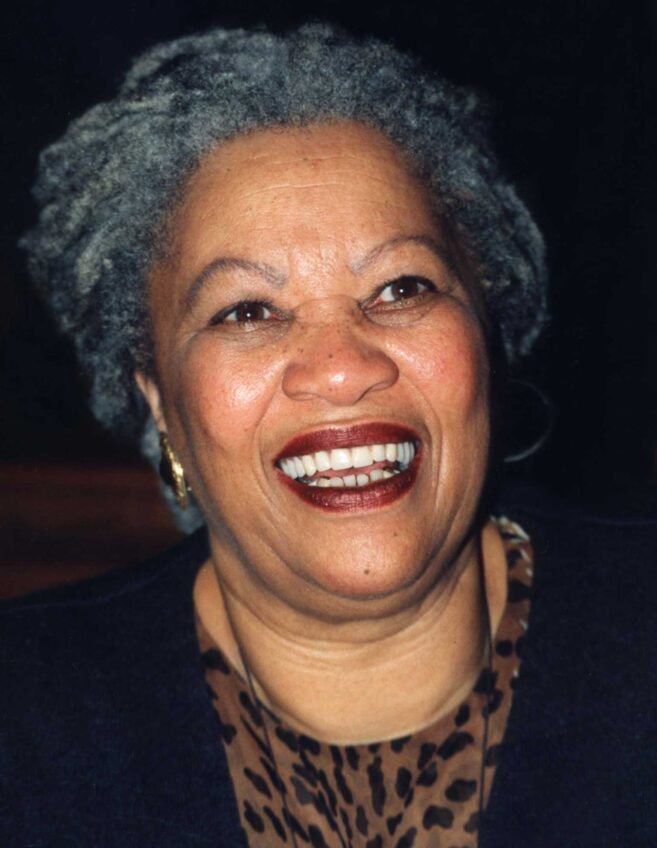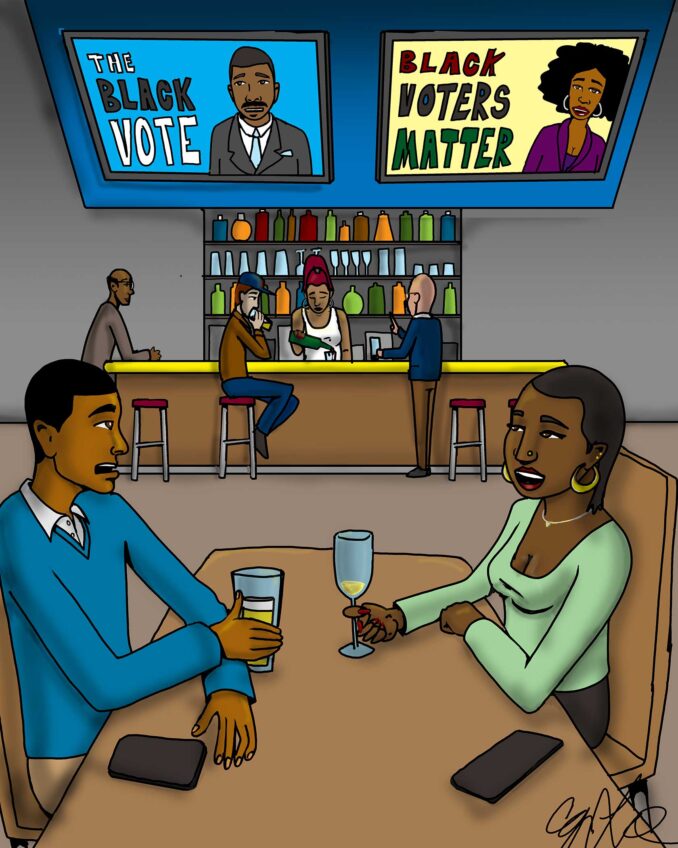PGA Tour, LIV Golf fight for diverse, millennial fans and the future of golf

The city of Boston finds itself at a unique crossroads for professional golf this summer. In June, the Hub played host to the U.S. Open, America’s oldest championship, at The Country Club, a founding member of the United States Golf Association in 1894 and home to Francis Ouimet’s seminal national championship victory in 1913. This Labor Day, the upstart LIV Golf series comes to Boston for just its fourth ever event, offering a glimpse at what the future of the game may look like.
Strangely absent from Beantown’s schedule is the PGA Tour, which isn’t staging a tournament in Boston, New York or Chicago this year, an odd choice for a circuit desperate to attract new fans at a time when their TV ratings continue to plummet. It’s clear that the incumbent PGA Tour and upstart LIV Golf – two rival golf circuits engaged in a bitter fight both in the media and in federal courtrooms over top players and the future of professional golf itself – need to engage a younger, more diverse crop of fans to the game to compete in an increasingly crowded sports and media landscape, but both tours are taking vastly different approaches.
As far as bringing new and diverse fans to the game, the old guard PGA Tour has a less than stellar record. A study by the SportsBusiness Journal showed that the PGA Tour tied figure skating for the highest median age — 64 — of all sports television viewers in the United States. For comparison, the average age of MLB viewers was 57, with the NFL (50) and NBA (42) bringing in significantly younger audiences.
With overall TV ratings dwindling and streaming services like GolfTV failing to attract younger viewers, it is clear that the Tour has not done enough to “grow the game,” particularly when it comes to millennials – one of the most sought-after demographics for sports leagues. According to a recent study by Morning Consult, 71% of 18-34 year-olds do not consider themselves to be a fan of golf at all, and only 18% consider themselves to be a casual fan – the lowest percentage of “casual fans” of all age groups surveyed. Gen Z-ers showed even less enthusiasm, with 80% claiming they are not a fan of golf at all.
On the flip side, a recent Harris poll found that younger golf fans seem more interested in LIV Golf’s more modern tournament format, which features 54 instead of 72 holes, shotgun starts that create a shorter, more digestible broadcast window, and a Ryder Cup-inspired team competition to add more excitement for fans. Seventy-one percent of respondents aged 18-34 familiar with LIV Golf said they planned to check out a LIV tournament this year.
Golf purists have argued that until they qualify for world ranking points, LIV Golf tournaments are simply exhibitions. Yet those traditionalists also seem to ignore the success that non-traditional golf events have had at capturing the attention of casual sports fans.
Take Capitol One’s made-for-TV “The Match” series. The 2020 Champions For Charity edition— a exhibition featuring Tiger Woods, Peyton Manning, Phil Mickelson and Tom Brady — averaged 5.8 million viewers per Sports Media Watch, the largest audience ever for golf on cable and far more viewers than a typical PGA Tour event.
Boston sports fans will also be able to experience the very different atmosphere of LIV tournaments compared to PGA Tour events. Golfweek recently noted that there were so many activities on offer at the LIV Golf fan village in Portland that “you almost forget you’re at a golf tournament.” While that may not thrill the hardcore golf purist, it seems to be a key selling point to attract the more casual golf fan.
LIV’s broadcast product is just as different as its onsite fan experience, particularly when it comes to embracing diversity. Except for NBC’s Mike Tirico, who typically works two or three PGA Tour events a year, golf broadcasters are overwhelmingly male and exclusively white. Conversely, half of LIV’s broadcast team is made up of people of color, including Hong Kong native and former Asian Tour pro Dom Boulet, former pro Su-Ann Heng from Singapore, and Troy Mullins, the first African American woman to win a World Long Drive Tour event. And LIV’s flirtation with adding Charles Barkley to their broadcasts was another example of LIV’s outside-the-box thinking to attract a different audience to the game.
This is not to say that the PGA Tour is going away. Its events are the archetype for professional golf, which can be both a positive and a negative, depending on who you ask. But there is clearly an appetite from younger and more diverse fans for a different kind of pro golf experience. Off-course rivalries aside, the PGA Tour and LIV Golf offer very different visions on how to grow the game, which can only broaden the appeal and attract new fans in the long run.
Ricky Clemons is a lecturer of sports management at Howard University.






